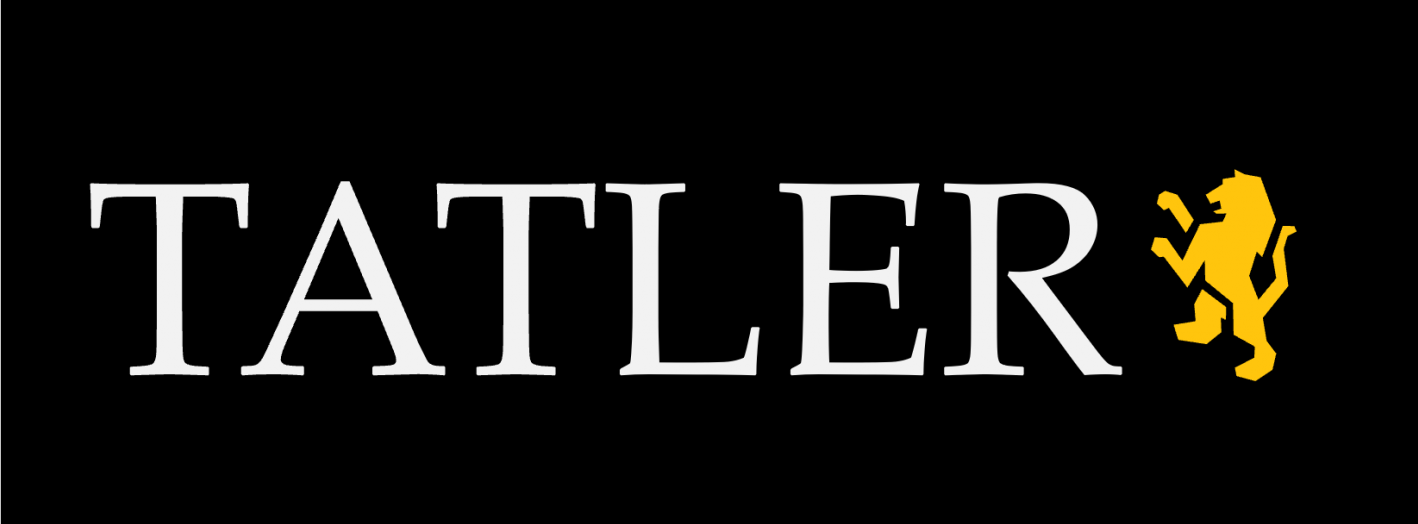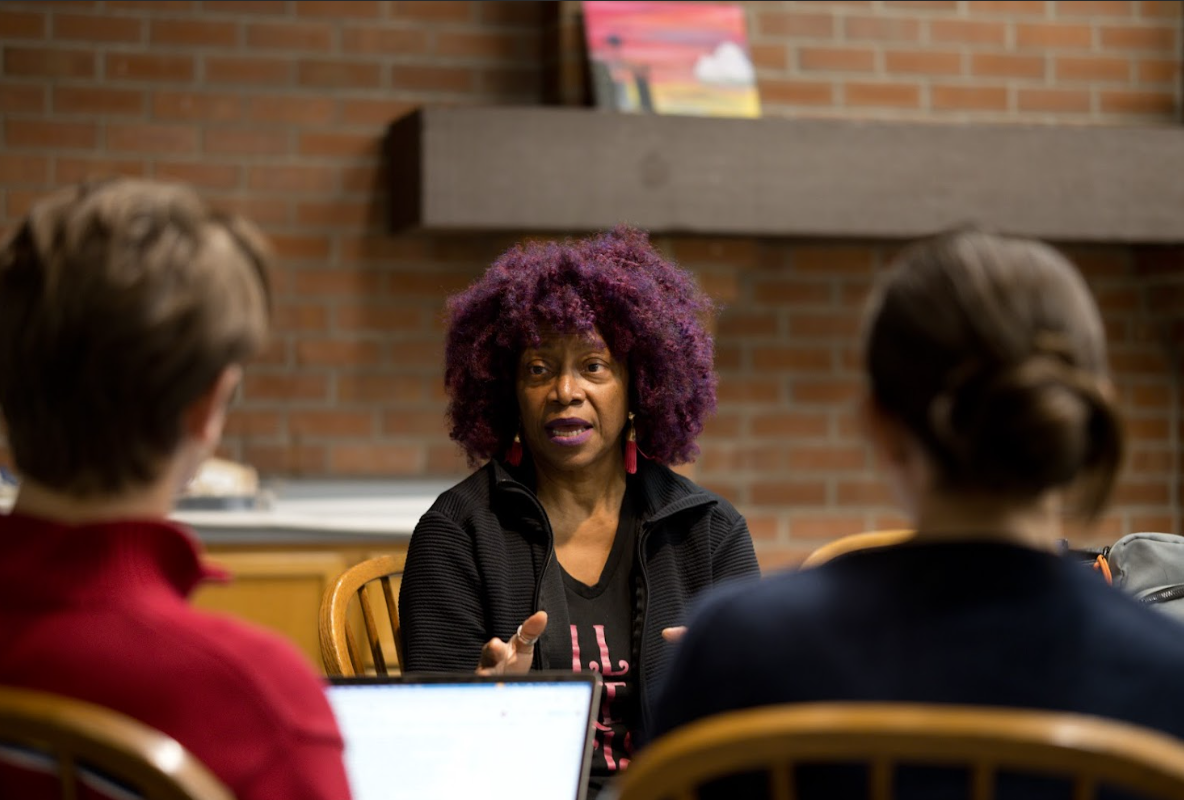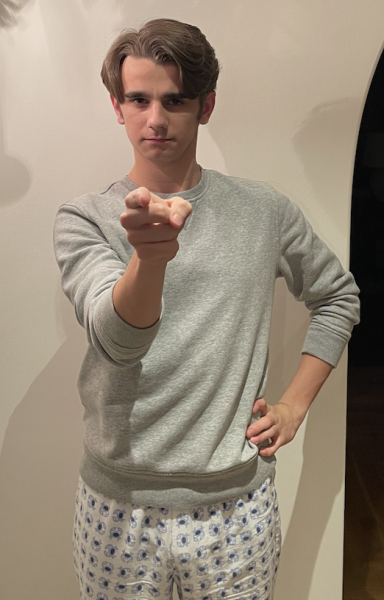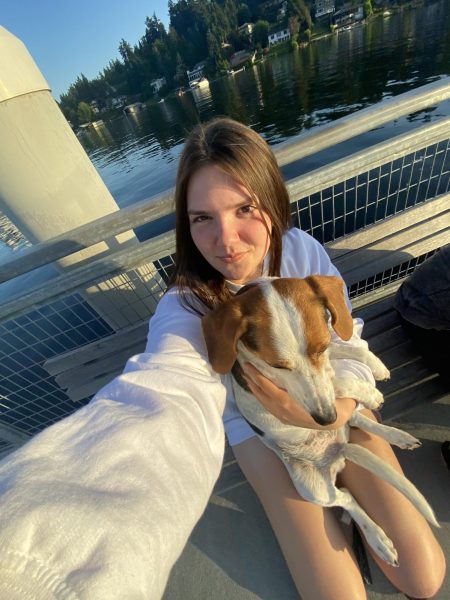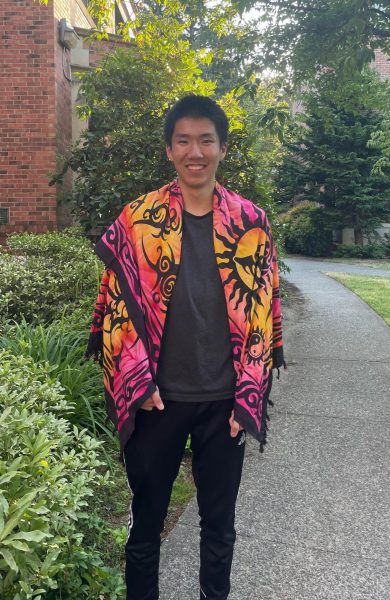On 12 March, Melba Ayco spoke to Lakeside’s Upper School as a part of the Dan Ayrault Memorial Lecture series. Ms. Ayco is the founder and artistic director of Northwest Tap Connection as well as a Gullah Geechee storyteller and historian involved with community organizing around Seattle. Her work in tap marries choreography with history and social justice, providing underserved communities with a creative outlet to “foster change [… and] develop self-discipline, instill self-confidence, and encourage achievement.” Before her address to the wider student body on themes of finding oneself and resilience, Ms. Melba allowed Tatler’s Editors-in-Chief — Jackson B. and Reagan R. — the privilege of an interview. The details of that conversation follow.
Jackson B. (JB): As we understand it, Northwest Tap Connection works at the center of tap dancing but also social justice. And to us that’s like a very interesting kind of choice to combine those two elements. Within the landscape of social justice initiatives, what do you think distinguishes tap and the performing arts in general as a way of approaching social justice?
Melba Ayco (MA): Well, first of all, I have to tell you, tap arose from protest. So when we talk about tap dancing, during the days of enslavement, the drums were outlawed because the drums were a way that enslaved people were able to communicate with each other. So they came to the conclusion that they needed to outlaw the drums. So from there, people began to use their feet. And so tap dancing is a footwork dance, but also it combines with the rhythmic patterns of hand bumps and those types of things. So what happens when denied drums, feet and hand bumps became a part of the communication that was going on. That’s why we call tap dancing a protest. And then even if you look at tap dancing, in a lot of ways, it’s a protest regardless if you go across the genre. Because when we think of tap dancing, you know, there are things you do when you want Miss Melba to hurry up and finish (begins tapping her foot impatiently). So you’re tapping that foot but in reality, what you’re really saying is, okay, are we going somewhere with this? The movements of tap itself [are] very rooted in times of expressions [of] you want people to move on or, you know, are we going to finish up, or that type of thing. But historically, when we talk about tap dancing as a form of protesting, we talk about it from the days of enslavement.
JB: As a follow up, like you said, not a lot of people know about the kind of historical roots of tap dancing. So how do you ensure that kind of significance—the social justice significance of the performance—isn’t lost on the audience and that they don’t lose the message in the performance, per se?
MA: I think that it’s probably when you put it with the music. I grew up in a city where I tap danced at a Rosenwald school. So I was at a segregated school, doing tap dancing. We never did a dance form that I did. When I went to white school for integration, mandatory integration, I found that tap dancing was frowned upon…And so I eventually came home and just threw my tap dance shoes away because I was always fighting trying to identify as a black person. And so you can imagine I’m in the fourth grade, and suddenly I’ve been thrown into a world of whiteness, where prior to that, my life was segregated […] In the year of 1968, they were going to mandatory integration. So at the Rosenwald school, there were two white teachers who came and taught and then there were a couple of black students that were taken to white school as we were getting ready to go into for integration. […] The grandrider of the KKK lived in the hometown that I grew up in and they actually rode on a regular basis. So if we were playing on the black playground, there was a bike rider that would come with a horn that says that the KKK are riding that night. So that we all knew that we needed to run home to our respective homes, because we were fair game. So growing up in that type of environment, it was just a norm. […] So now all of a sudden, you’re kind of tossed out of the norm, because we’re going to mandatory integration. So my first day of mandatory integration was like January 6th, because the superintendent of the schools came to black churches, because black churches was the center of how information went out to the black community and asked that parents did not go to school with their children on the first day of mandatory integration, because they felt that the children would be safer.
So my mother asked me if I was okay with that, and I told her I wasn’t afraid of white people. But to be honest with you, I didn’t really know what white people were, because I had just seen them on the edges of my life. On that day, I got on the bus and went to school and when I got there, there was these huge, competitive flights. They had all these white families with signs saying, “N***** go home” and then they had these torch types of things that had fire on them. And so they said that they were going to burn all of the n***** on the bus. So then they started throwing bricks at the window and the bus driver told us to get underneath the seats. So I was one of those kids on that bus. And realistically, I thought that I would never see my parents again. But the white principal was a man that came from a influential family and he got on the bus with us and said, “If you burn the bus, then you’re going to have to burn me, too.”
And that was the only thing that saved us that day. But you can imagine that mandator [integration], because mandatory is the key word here—there was no choices here.
Reagan R. (RR): I was reading your interview with NPR and K&KX, and you were describing that experience of being on the bus and your principal as well. I’m curious about more of your early experiences with education and how that shaped your role as an educator nowadays, especially in today’s political climate where race is intentionally being talked about less and less.
MA: […] I think that when I got hired on with the police department, that was really changing for me. I worked in the records department. And so I got to see an overview of what was happening with young people within Seattle and on the county and global level. And I remember my daughter started tap dancing. I wanted to change the narrative—I ended up running a tap dance program to keep kids out that I would never see them go across my desk at the police department. And so with that, not just about teaching the dance, but also looking at holistically, education. I still to this day when the advocacy program where I go to school to talk about if kids are having problems, how do we how do we change that narrative? —because so oftentimes for black and brown families, if you don’t have a history of your being successful in education, then that just continues on as a cycle. I’m not going to the school to represent a parent. I go to the school to represent a child. So I’m like an attorney for that kid looking at what is in the best interest of the children. So parents have to trust me and sign off on that because they know that I’m not here to talk about what parents want.
JB: I’ve heard you in the past and interviews describe it as like coming to Seattle to discover diversity. It is true that Seattle is a very diverse place and very progressive politically. But in many ways, too, I think that translates into an attitude of implicitly distancing ourselves from some of the issues around racism and bigotry in the country: An attitude of, “It’s bad, but it doesn’t exist here like it does in the South or it just doesn’t happen here.” Having lived in a time of segregation in the South [and] having now lived here for a while as well, how do you approach that attitude?
MA: Well, I think that the difference is that when you look at Seattle, a lot of the time race comes into the place but really its socioeconomics—what I have found in Seattle. And we know that because of that, who has money and accessibility to money changes the narrative [like education] because the more money you have, the better education. And I think that holistically, because of that and how Seattle works, a lot of times you forget that there’s a whole other group of individuals and people who are suffering. […] When I first moved here, I didn’t think white families should adopt Black children. I thought that was going to be a problem from what I had seen in my time of living in Seattle. But then when I got to the police department and I was looking at the [Department of Homeless Services] and I realized that, wait a minute, we need to see how we can support this.
So it changes, it evolves. Race, economics, and how we look at stuff is an evolving cycle. I’m not the same person that I was when I was in Louisiana. I’m not the same person that I was when I moved to Seattle. So now what I do is I run a program at Northwest Tap Connection that supports white families that are raising Black children and I encourage them to bring them in. Because I tell them if anybody can talk about being Black, I done been Negro, colored, the other N word [and] then I got to be Black [and] African American. I’ve lived long enough to go through all those cycles of identity and the influx and the difference of how Black people look at that. So my goal has been, how do I support? I know that a lot of the same problems that black and brown children are having [are] the same problems that white families are having. The expression that they call poor [white people] white trash— that didn’t come from Black people. That came from white people who had money and they separated it from white people who didn’t have money. So looking at “How do we change the narrative?”
I tell my story because you already who you are. But you know what? I can impact. Because now, after today, you’re going to say: I met this woman named Ms. Melba. And this is how I introduce [myself]: “My name is Ms. Melba. That nappy-haired, Gullah Geechee, Creole, Black Seminole, rooted and born on the north shore of New Orleans, in the small town of Covington, Louisiana — straight up country.” So it tells you who I am. And it allows children to hear me say that.
This interview has been edited for clarity and length.
